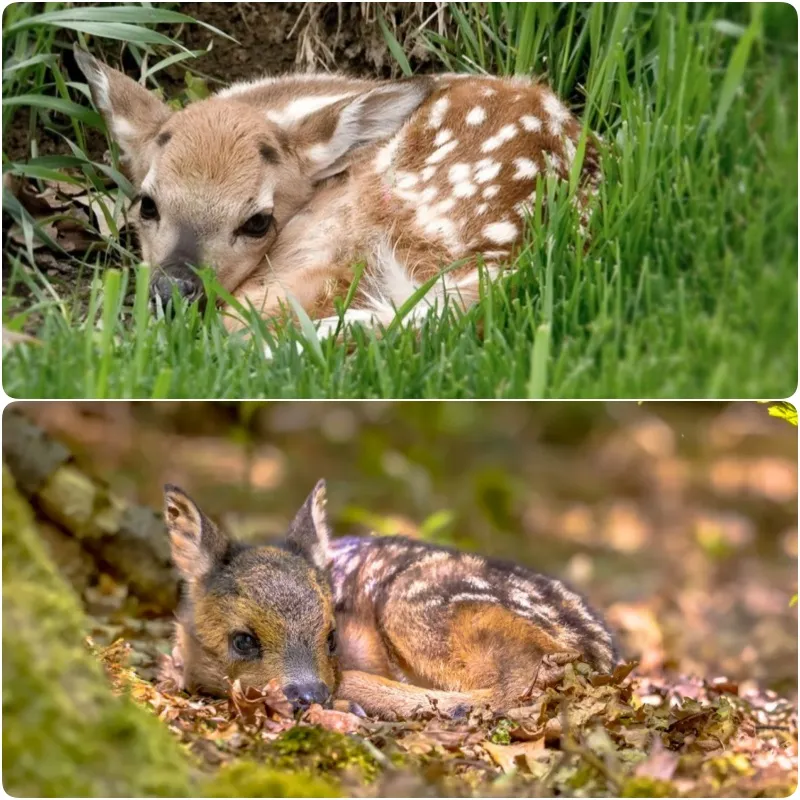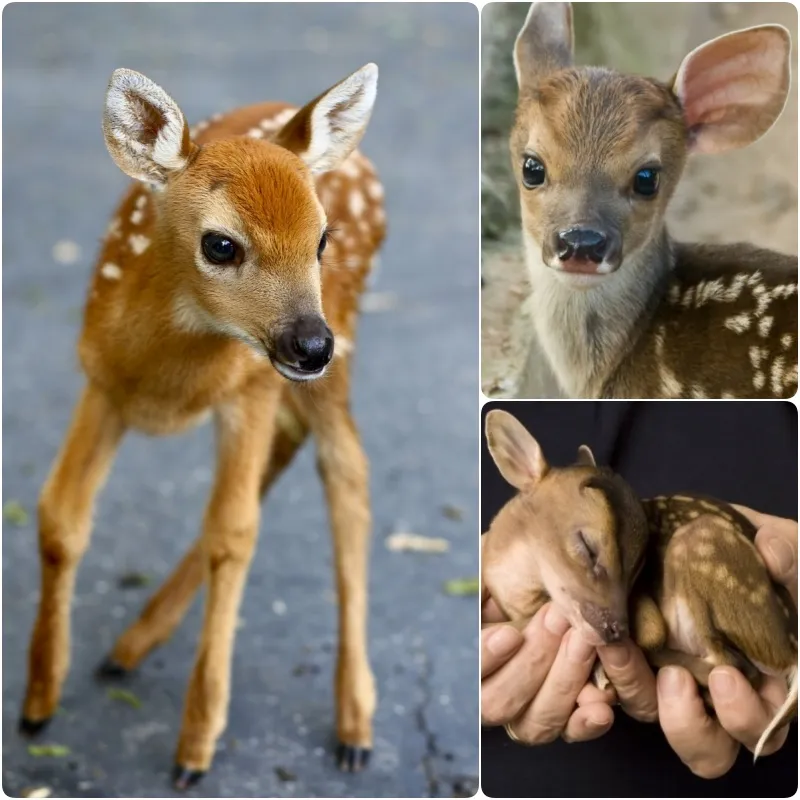
Why You Shouldn’t ‘Rescue’ a Fawn Found Alone
When strolling through areas where deer live, you might come across fawns lying curled up under a tree or in thick brush. However, spotting a fawn alone doesn’t necessarily mean it needs rescuing. This behavior is natural for them and they typically do not require intervention.

Adult deer have developed a clever strategy to find food after giving birth. Instead of slowing down their foraging efforts by keeping their unsteady fawns with them, they hide their young in hard-to-detect spots. Fawns are experts at camouflaging; their spotted coats help them blend into their surroundings. They lie still and motionless to avoid attracting predators, spending more than 95% of their time hidden in this way.
This is a common survival strategy among large land mammals. While deer use “hiding,” other animals like bison and bighorn sheep use the “following” method—where the newborns immediately get up and follow their mothers. Fawns, on the other hand, start life more passively, only standing to nurse before the mother returns to forage.
Finding a fawn alone in the forest might prompt some people to intervene, thinking the fawn is in trouble. However, this is a significant mistake. The mother deer usually stays nearby and remembers the location where she left her fawn. If the fawn is removed, it may not be able to be reunited with its mother, drastically reducing its chances of survival. Additionally, fawns are not well-adapted to captivity.

Wildlife agencies recommend not touching fawns found in nature, as they are rarely abandoned and the mother is often close by. Human presence may deter the mother from returning.
Exceptions to this rule include situations where the fawn is found next to a deceased or injured mother or appears to be in distress and calling for help. In such cases, it is best to contact local wildlife authorities for assistance. Experts will assess the situation and provide guidance on the next steps.






